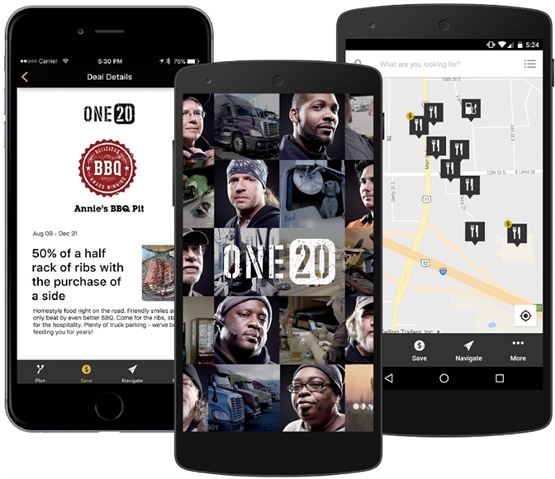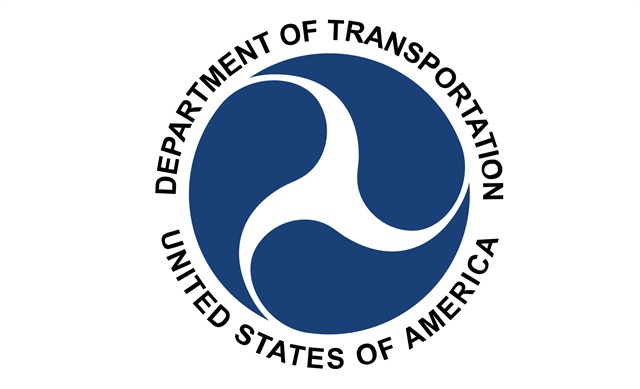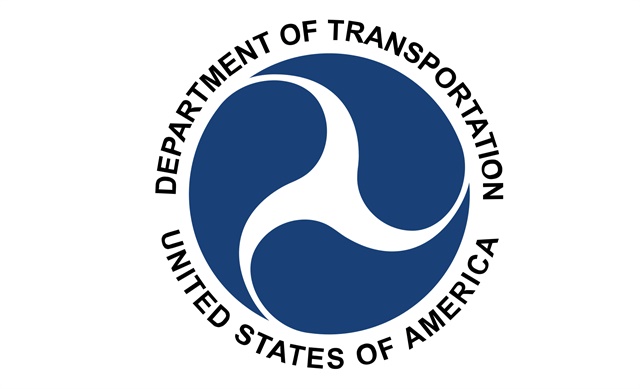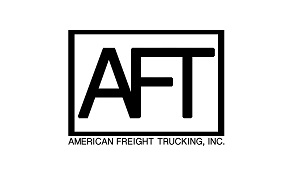One20 Membership Offers Free Driver-Centric Benefits via App, Tablet
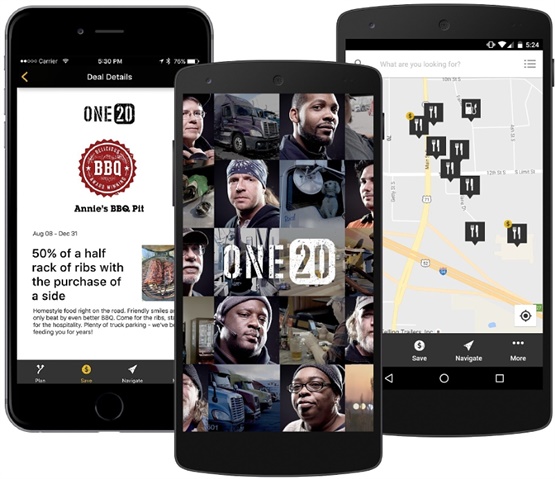
One20 is a new membership-based service that aims to help improve truck drivers' lives on the road with the help of an app that delivers everything from product discounts and point-of-interest information to health coaching and electronic logs — for free.
"What's your 20?" is common trucker lingo for identifying location, and the name One20 is a take-off on that, because everything in the membership program is location-based, whether it's rating a shower at a truckstop, finding a parking space, or planning a route.
Although One20 is accessed via a free app that works on Apple iOS or Android devices, “We're not an app company,” stresses Christian Schenk, founder, president and CEO of One20. “Our value expands far beyond technology. The technology is just a catalyst to get to the value we provide.
"Until now, technology has been part of the problem, not the solution, because mobile devices and apps have all been developed with the fleet or general consumer, rather than the driver, in mind,” he explained.
The mobile app includes truck-safe turn-by-turn navigation and exclusive discounts from One20 partners. Membership benefits include:
Off-duty tools, such as trip planning, truck parking locator and point-of-interest ratings, details and dealsOn-duty tools, such as truck-safe navigation that includes traffic, weather, ETAs and multi-stop route planning toolsTrucking-specific intelligence on available parking and points of interestMember discounts on things truckers buy frequently, such as food, showers, lodging and trucking services, from a growing list of more than 1,500 retailers and service providersRoute-specific member deals on goods and servicesExclusive driver-centric content, including One20 Strong, an initiative focused on creating health and fitness programs just for truckersThe One20 Foundation, a recognized non-profit charity with the sole purpose of providing support to truckers when it's needed mostTruckThat.com, a place where drivers can connect and sound off about life on the road, reaching ...Read the rest of this story